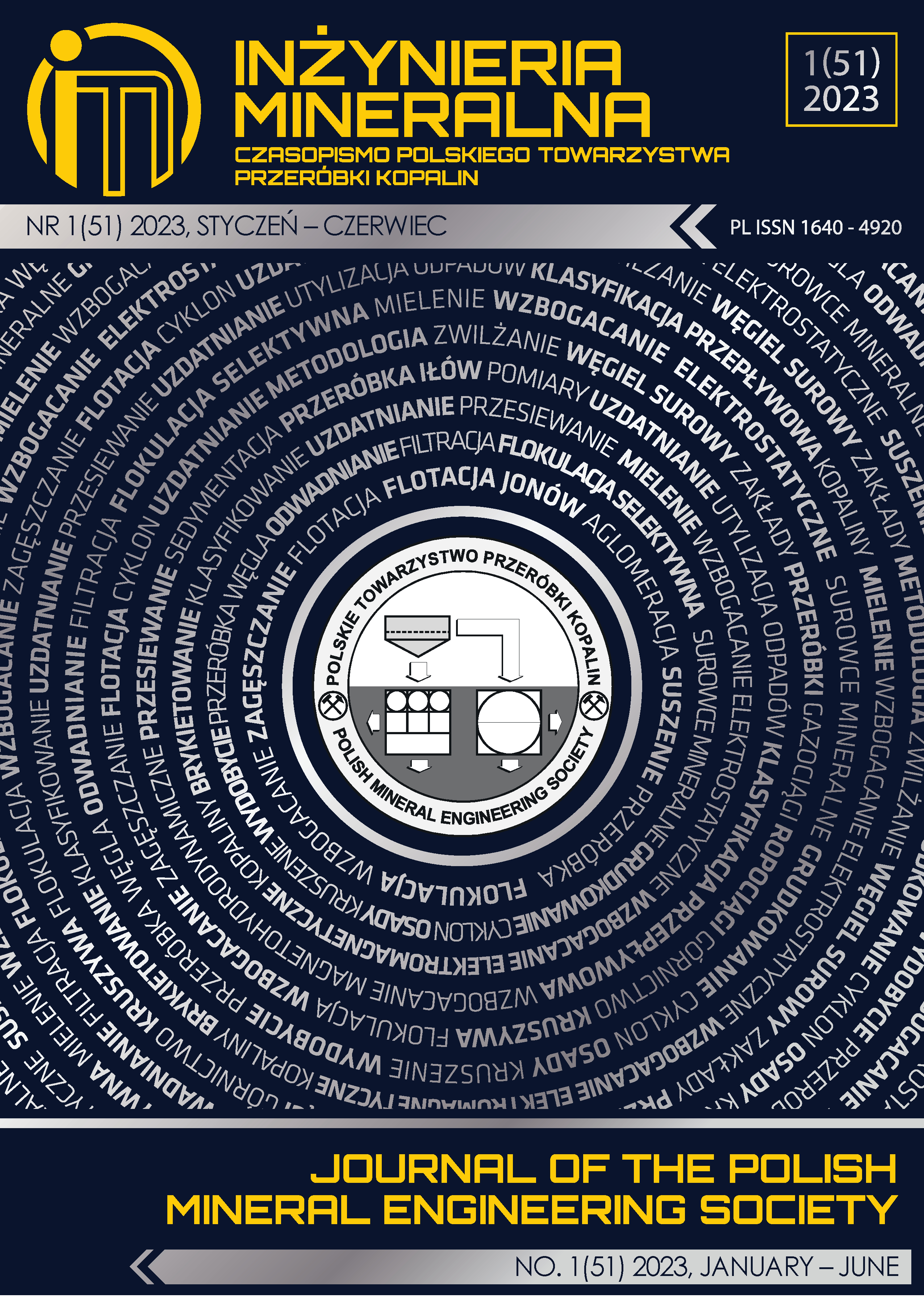Study of Compensation Room Impacts on the Massіf Stability and Mined Ore Mass Quality
Abstract
The paper presents the study and a functional analysis of requirements of the world metallurgical industry to the quality of underground iron ores at underground mines of Ukraine. There are found dependencies of the impact of the shape and parameters of compensation spaces on their stability and broken ore quality indicators. It is proved that a vertical trapezoidal compensation room possesses the highest stability and is stable within the range of all the considered depths, even in ores with hardness of 3–5 points. Less atabiity is demonstrated by a vertical compensation room of a vaulted shape with minor falls in the abutment of the room vault in ores with hardness of 3–5 points at the depth of 2000 m, and a tent-shaped one where falls of varying intensity occur in the lower part of inclined exposures of the tent in ores with hardness of 3–5 points at the depth of 1750 m or more. The horizontal compensation room is of the lowest stability; falls occur in ores with hardness of 3–5 points at the depth of 1400 m, and at the depths of 1750–2000 m it remains stable only in harder ores. It is established that the use of compensation rooms of high stability makes it possible to achieve their maximum volume, increase the amount of pure ore extracted, reduce its dilution, enhance the quality of the mined ore mass and concequently increase its price and competitiveness of marketable products.







